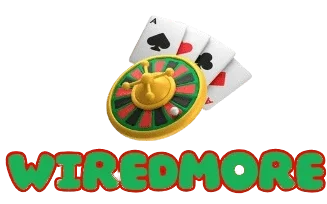When gamers recollect the “best games,” grand sweeping titles take hold—a console’s power leveraged to amaze with scale, story, or spectacle. But there sits another tradition in PlayStation history: the portable epic. Through the PSP, games refined in form but never emptied of slot gacor depo ovo heart or ambition reached palms worldwide. Exploring how these small-scale epics intersect with the larger PlayStation legacy reveals the delicate alchemy of greatness across contexts.
One such handheld epic is Monster Hunter Freedom Unite, a hunting challenge of immense depth. Despite hardware constraints, the PSP delivered sprawling ecosystems, cooperative expeditions, and custom equipment grinding—experiences built on coordination, patience, and reward. On the bigger screen, titles like Monster Hunter: World expand that formula with massive landscapes and technical polish—but the core thrill originates in that portable hunting loop. This continuity proves that the DNA of some of PlayStation’s best games thrives on handheld mechanics as much as console immersion.
Meanwhile, Uncharted: Golden Abyss captured treasure-hunting grandeur in compact form. Nathan Drake’s agile pursuits, lethal puzzles, and charm survived translation from HD consoles to a smaller screen, proving that storytelling could shrink without losing its magic. The cinematic expeditions of Uncharted 2 and Uncharted 4 indeed refined drama, but the handheld variant kept the spirit alive when you weren’t in front of a TV. It carried PlayStation’s narrative identity in your pocket.
Then there’s Tactics Ogre: Let Us Cling Together, a strategy RPG oriented around deep mechanics, loyalties, and branching paths. Wrapped in lush sprite art, it exemplified strategic depth refusing to yield to handheld means. It found kinship with console grand strategy titles like Disgaea or Final Fantasy Tactics—shared design priorities manifesting within limitations. It suggested that ambition is less about pixel count and more about architectural intricacy.
Let’s not forget the magic of music-based gameplay. Patapon and LocoRoco distill joy into creative conventions—beating drums, grooving blobs, an interplay of melody and motion that feels ripe for experiments. These titles did not need powerhouse renderers; they relied on character and charisma. On consoles, rhythm titles evolved through improved visual polish and licensed tracks, but the original imaginative flair of portable rhythm shaped that evolution.
Ultimately, whether you’re into philosophical stealth, epic hunting, treasure-laden pursuits, strategic wars, or infectious rhythm, a thread runs through PlayStation’s best games. It’s a commitment to experience first, scale second. A philosophy that brimmed in handhelds as much as honed in home setups. Rediscovering PSP epics reminds us: play spaces vary, but brilliance doesn’t. A screen as small as your palm can still harbor the most indelible of stories—games that echo long after they end.
